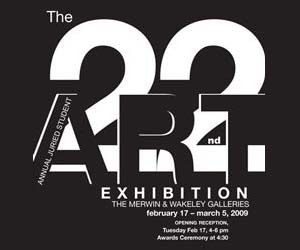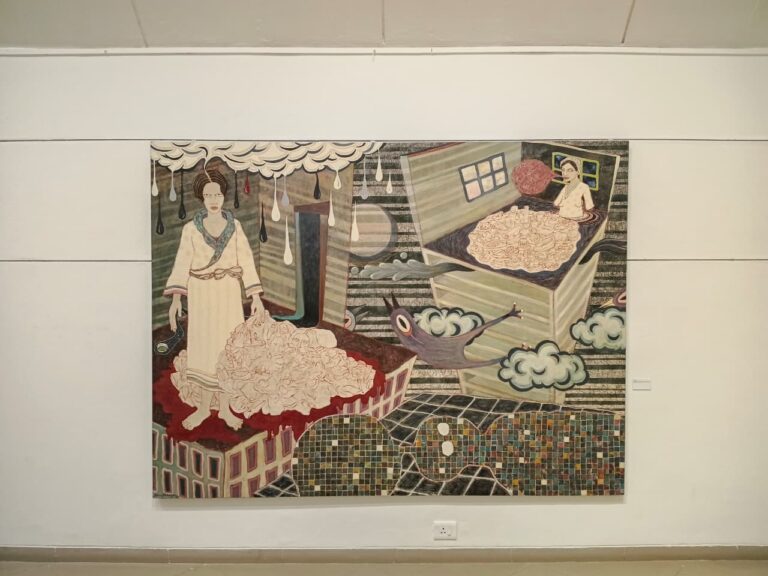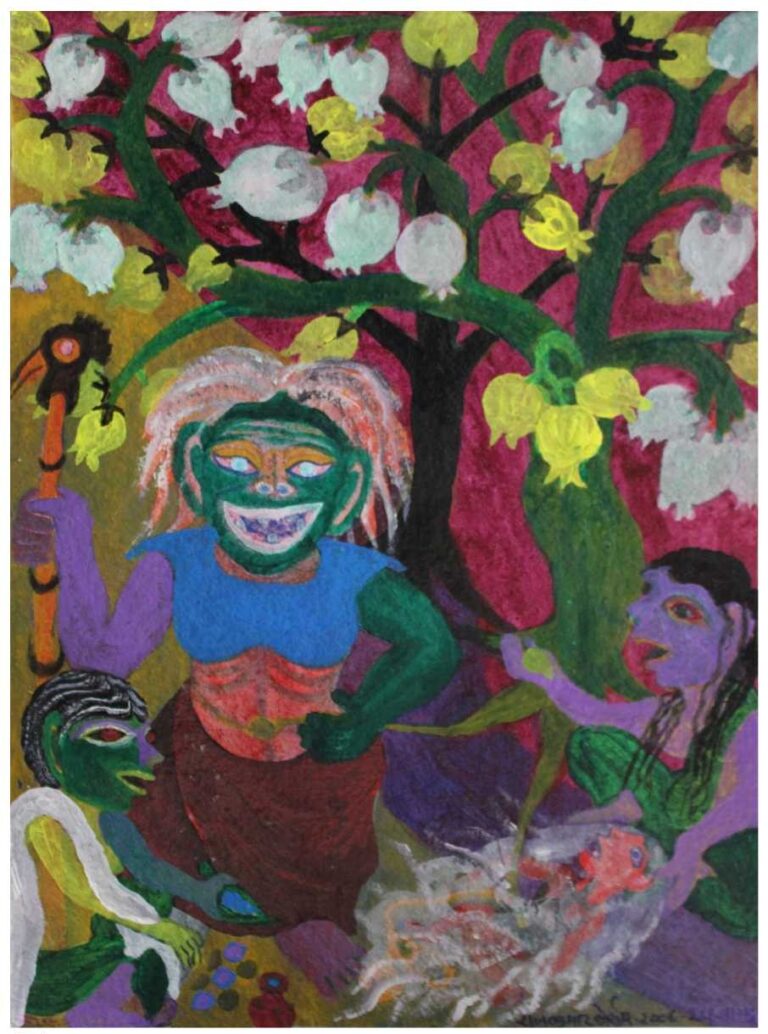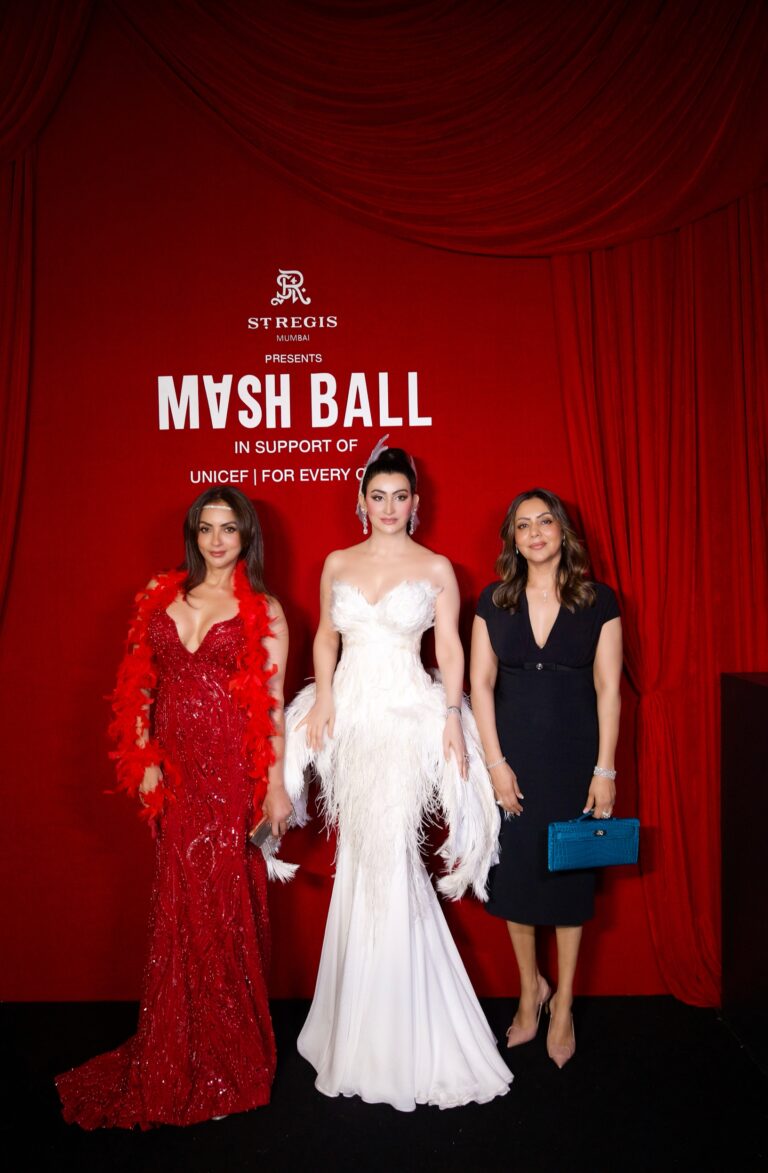From the Ghor to the Gallery: Liberating the Feminine Realm in Indian Art
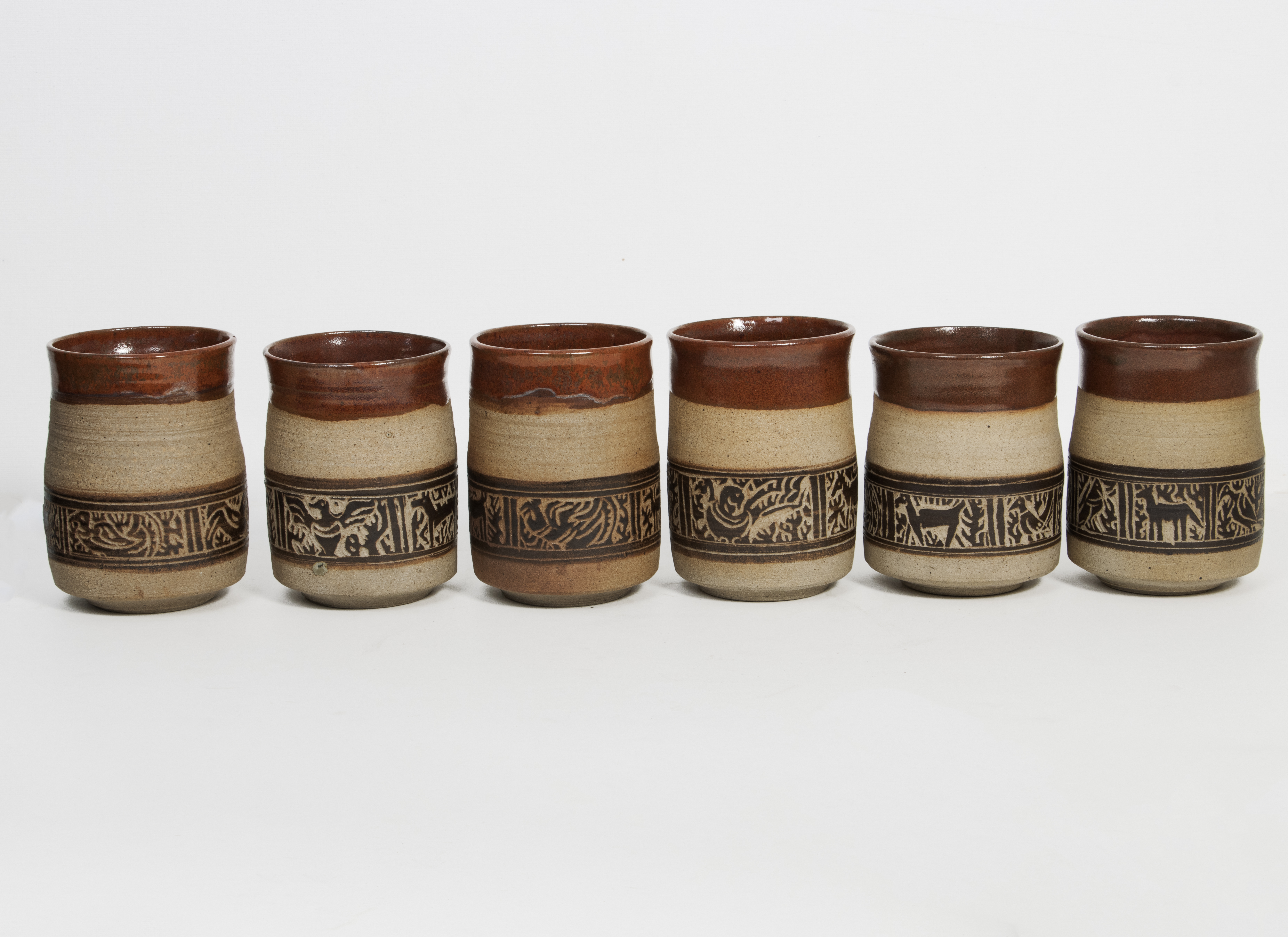
In one of his seminal essays, Partha Chatterjee (Colonialism, Nationalism, and Colonialized Women: The Contest in India) argues that Indian nationalism, in its resistance to British colonialism and Western modernity, constructed a rigid ideal of womanhood that ultimately reinforced a new patriarchal framework. Nationalist ideology divided culture into the “bahir” or the material/external world for men, and the “ghor” or spiritual/inner domain for women, positioning women as symbols of cultural purity and national identity. This “new patriarchy” redefined women’s roles within a traditional framework, restricting their autonomy under the guise of cultural preservation.
The idealisation of women has often been a patriarchal construct rather than an empirically perceived reality. This imposed ideal has greatly influenced various societal structures in India, significantly restricting the freedom of women. However, women have consistently challenged this conception, emerging as emancipated individuals in diverse fields. The exhibition Of Spaces of Their Own, curated by Aparna Roy Baliga and Debdutta Gupta, delves into this intersection of the emergence and flourishing of women artists in the 20th century.
An intriguing aspect of the exhibition lies in the artistic practices it showcases—particularly those that have been under-researched, rarely documented, or absent from public memory for a long time. By showcasing these works at Akar Prakar, Kolkata, the exhibition provides a unique opportunity to engage with a rich and comprehensive collection of artworks. The exhibition features artists like Amrita Sher-Gil, Ambika Dhurandar, B. Prabha, Devayani Krishna, Gouri Bhanja, Ira Choudhuri, Kamala Das Gupta, Kiran Barua, Leela Mukherjee, Meera Mukherjee, Nasreen Mohamedi, Reba Hore, Sunayani Devi, and Zarina Hashmi.

Curatorial rigour is evident in the meticulous research and thoughtful presentation of women’s artistic practices. A key achievement is its critical reexamination of these practices, often eclipsed by patriarchal biases rooted in Swadeshi ideology, which confined women to the “andarmahal” or domestic space. Despite these constraints, women artists, through resilience, established art practices during pre- and post-Independence eras, supported by inclusive spaces like Kala Bhavana and Baroda Art School. Many of these artists, often defined by their relationships to prominent male figures, have had their contributions marginalised, a gap further exacerbated by the lack of archival and art historical efforts.
The curators have crafted a historiographical journey that acknowledges ruptures in the timeline and artist list while fostering meaningful interactions among diverse artistic practices across generations. The exhibition brings together artists rarely showcased collectively in Kolkata, offering viewers access to seldom-seen artworks. Kamala Das Gupta, a politically conscious artist and founding member of the ‘Calcutta Group’, remains underappreciated despite her significant contributions. The show features three of her portrait sculptures, blending naturalism and expressionism to capture the personalities and characteristics of her sitters.
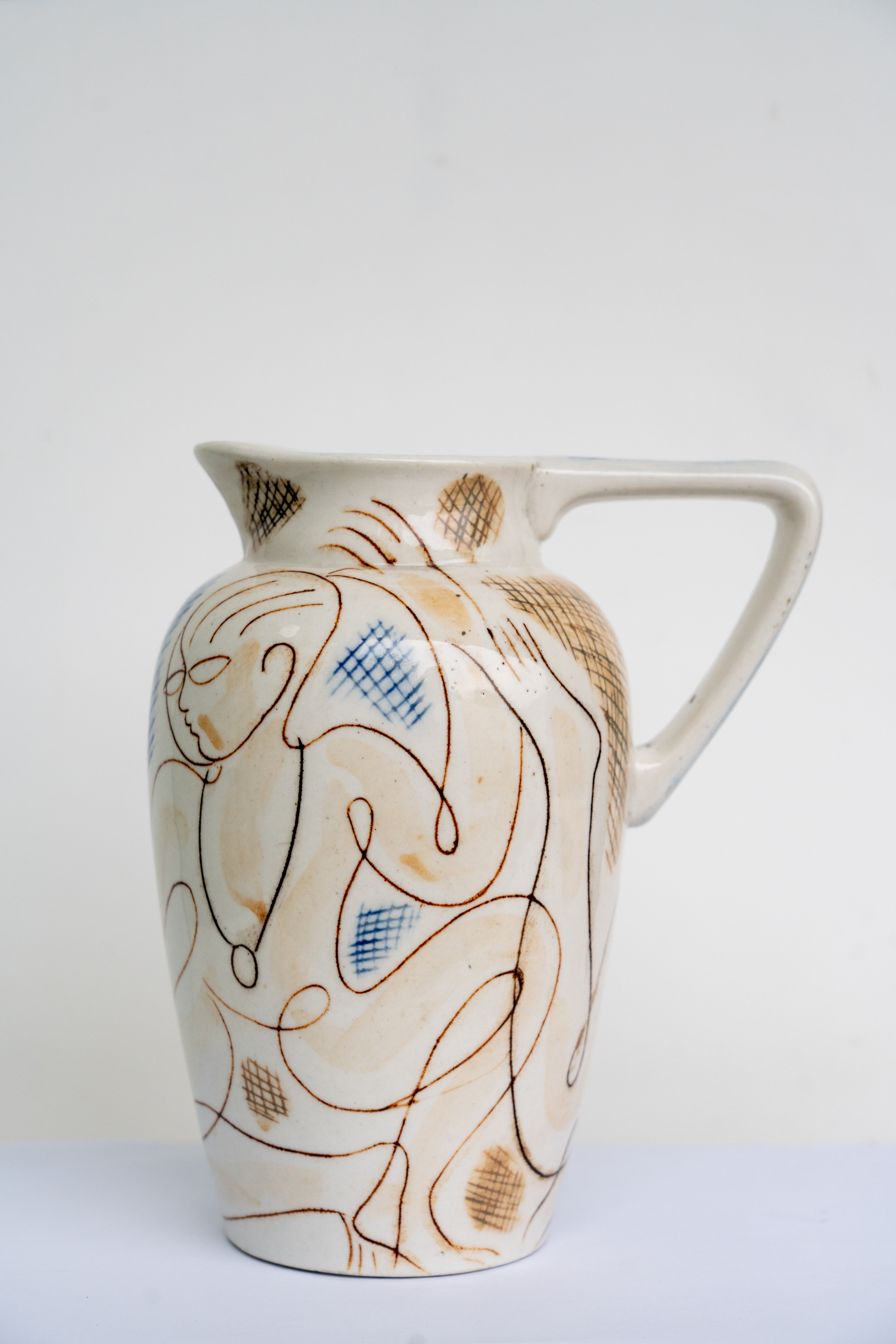
Her visual idiom aligns with the group’s effort to transcend the romanticism of the Bengal School by integrating Western modernism into the Indian context. Similarly, Kiran Barua’s ceramics, prints, and sculptures highlight her multidisciplinary approach, blending Eastern and Western, embodying a playfulness in visual elements, including figurative, flora and fauna forms. A shared thread among these artists is their hybrid visual language, shaped by Indian and Western academic backgrounds and personal aesthetic explorations.
The exhibition provides an intimate look into Amrita Sher-Gil’s early works from the 1920s, mostly figurative drawings and landscape compositions. Some of these works, drawn on both sides of the paper, are displayed innovatively, allowing viewers to appreciate both surfaces. While these works exhibit a strong Western academic influence, her subsequent travels and experiences in India shaped a distinctive visual idiom that harmonised both Eastern and Western aesthetic concerns.
Sunayani Devi, a contemporary of Sher-Gil, emerges as a remarkable artist who established her own artistic identity beyond the shadow of her brothers, Gaganendranath and Abanindranath Tagore, pivotal figures of the Bengal School. Devi’s works transcend nationalist ideals of the “ghor” (interior space), liberating the feminine realm through evocative narratives, portraits, animal studies, and still lifes, rendered in muted hues and formal elements inspired by Far Eastern aesthetics.
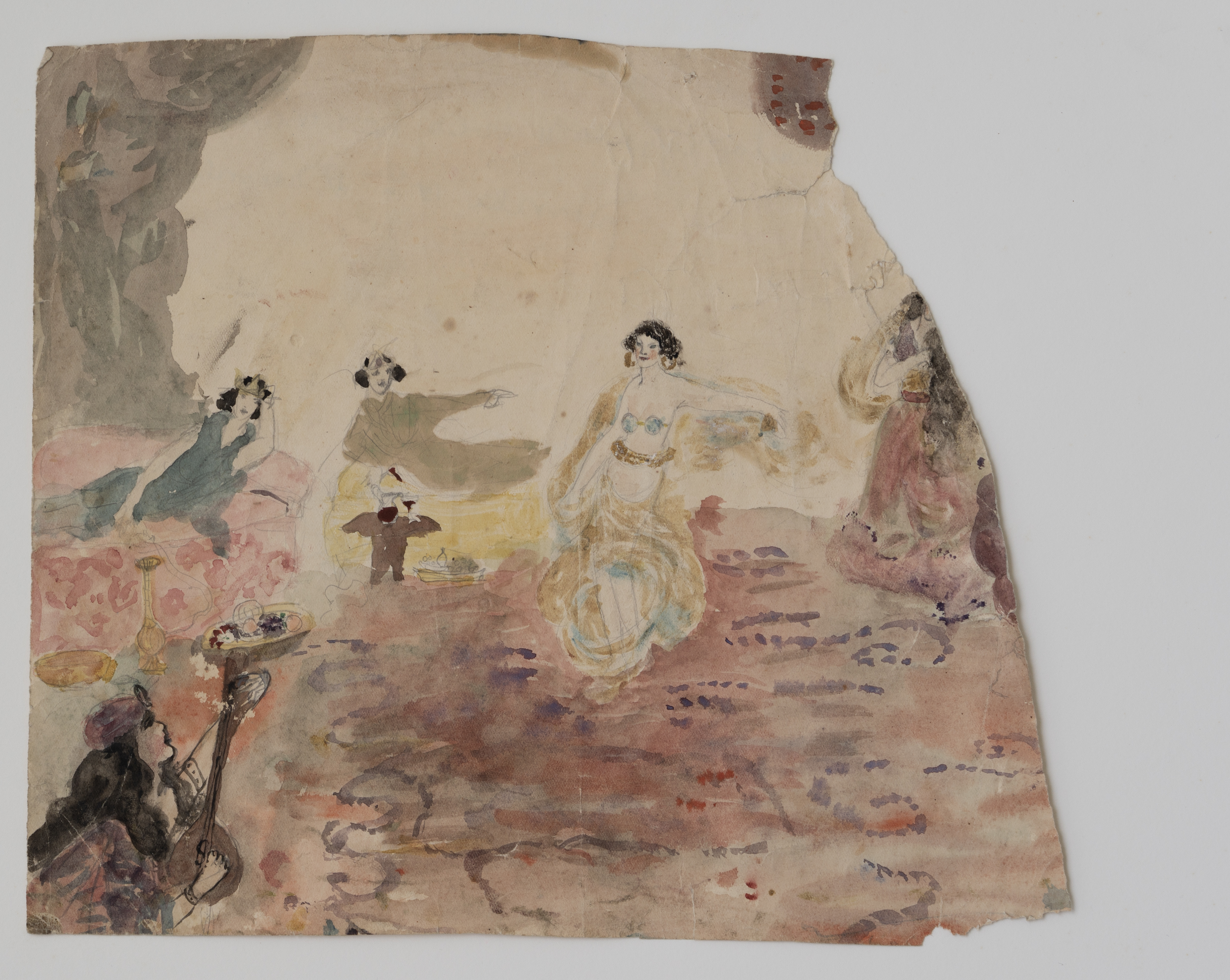
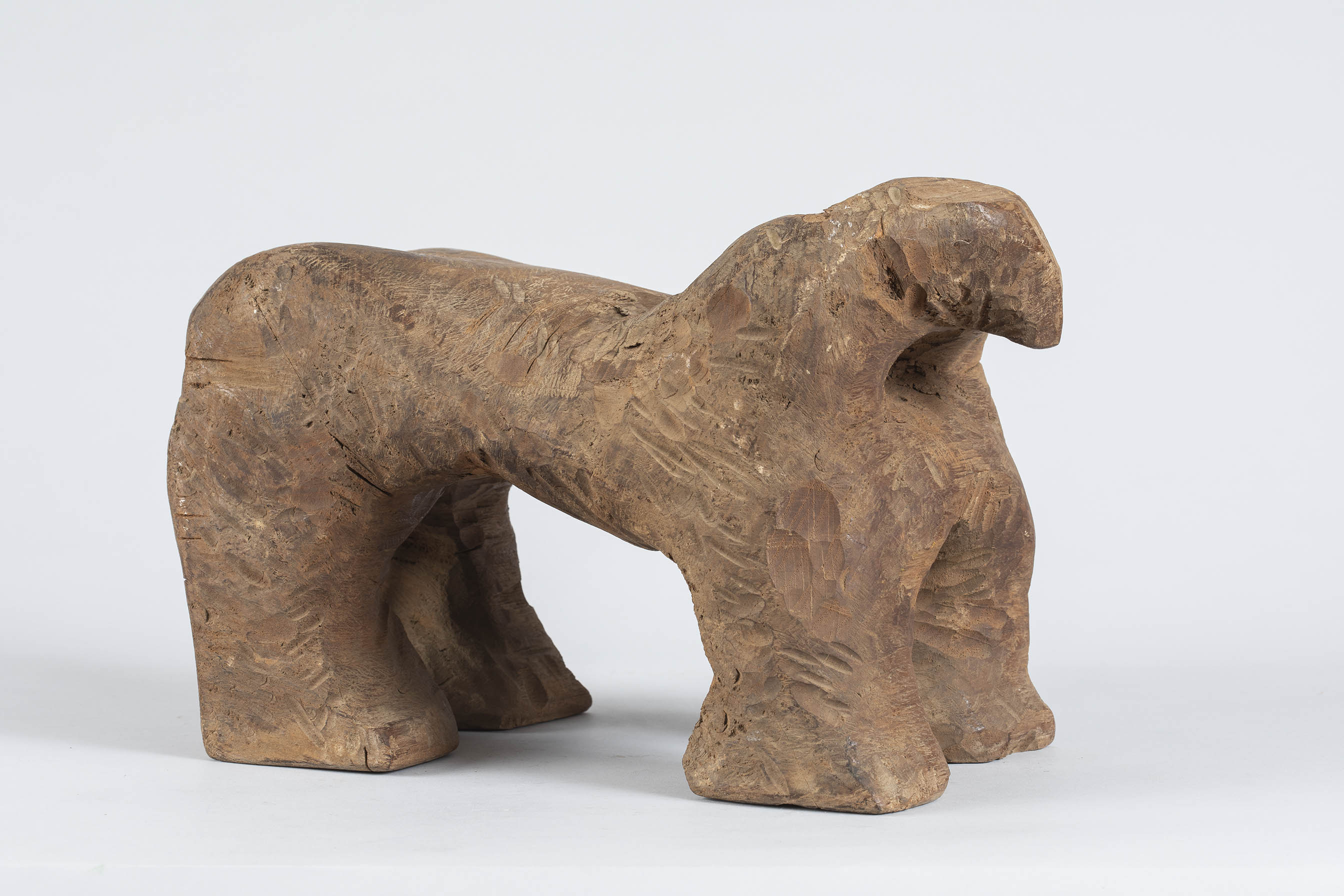
Ambika Dhurandhar, another significant figure of the early 20th century, demonstrates her artistic versatility with portraits and landscapes that blend Indian themes with Western academic realism, adding another layer to the exhibition.
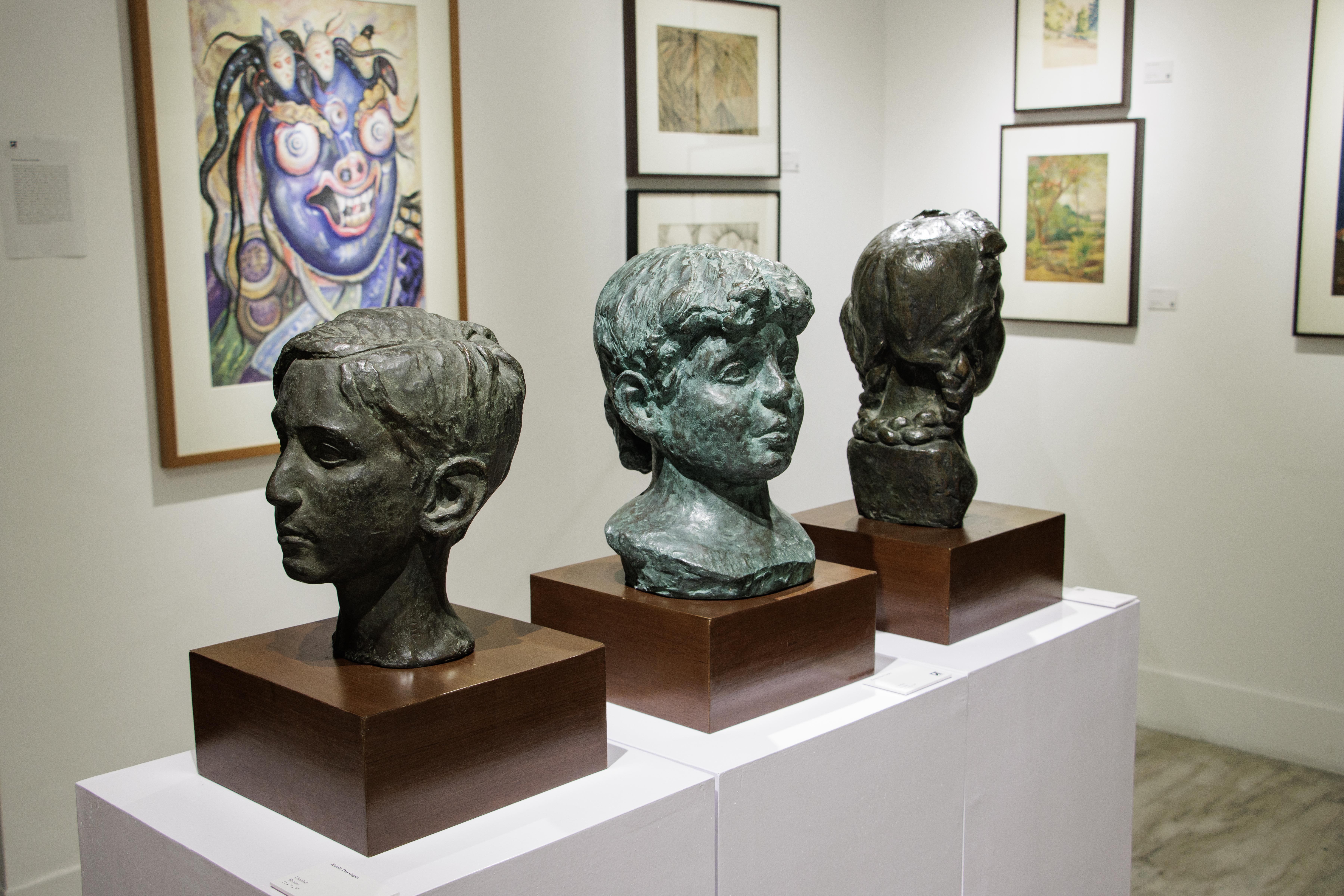
The exhibition adeptly traverses varied visual languages, evoking distinct aesthetic and material sensibilities while capturing the evolving artistic visions of 20th-century women artists. It emphasises the multidisciplinary possibilities they explored, offering nuanced insights into their practices. Meera Mukherjee’s sculptural language exemplifies this approach, blending her European academic training with her engagement with the Gharua community in Bastar. Her work, “Bus,” transforms a mundane subject into a dynamic form where the animate and inanimate merge, punctuated by details like the phrase sukhe theko (be happy), often found in the exteriors of buses in Kolkata. Similarly, Gauri Bhanja’s batik and tempera works embody the Santiniketan ethos, reviving traditional techniques with an individual sensibility. Her landscapes and decorative motifs transcend mere ornamentation, embodying a transformative, contextual spirit deeply rooted in Santiniketan’s environment.
Ira Chowdhury’s minimalist ceramics showcase intricate designs and nuanced understanding of the medium, while Reba Hore’s expressive, boldly textured pictorial surfaces further underscore the exhibition’s nuanced representation of various artistic concerns. However, the placement of B. Prabha’s work, adjacent to the second gallery’s entrance, compromises its visibility and impact, detracting from its appreciation. Despite this limitation, the exhibition succeeds in creating a vital inquiry into the often marginalised discourse of Indian female artists. Addressing historical gaps and ruptures, it invites deeper art historical research and critical engagement with their narratives.
Of Spaces of Their Own: Women artists in early 20th century India, Curated by Aparna Roy Baliga and Debdutta Gupta, September 19 – October 15, 2024, Akar Prakar, Kolkata.










